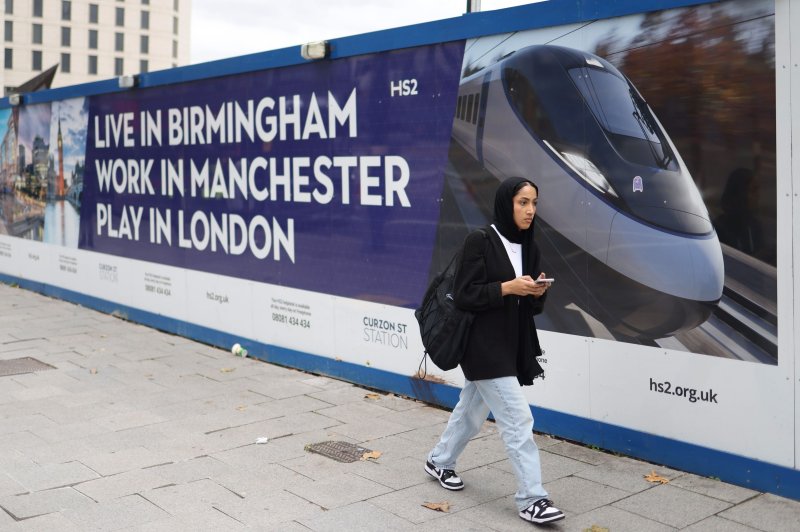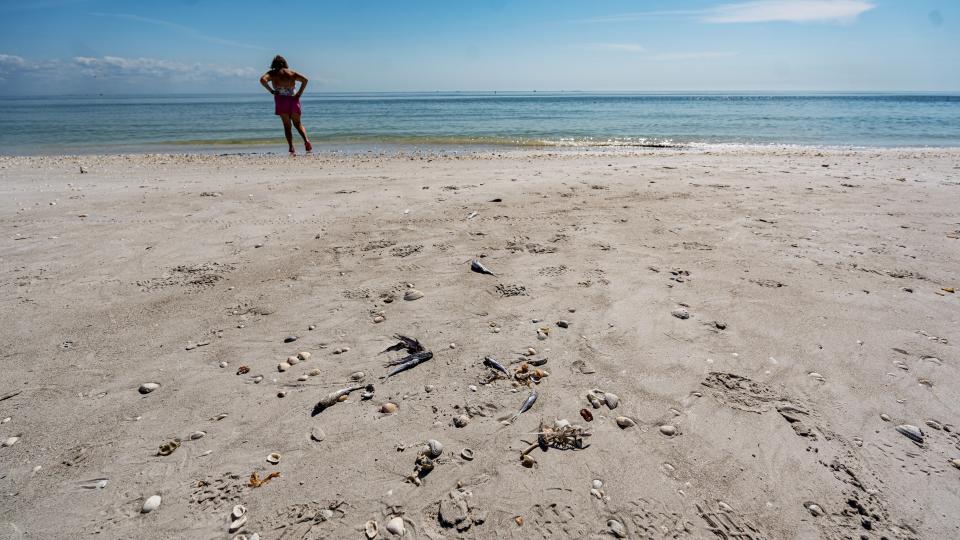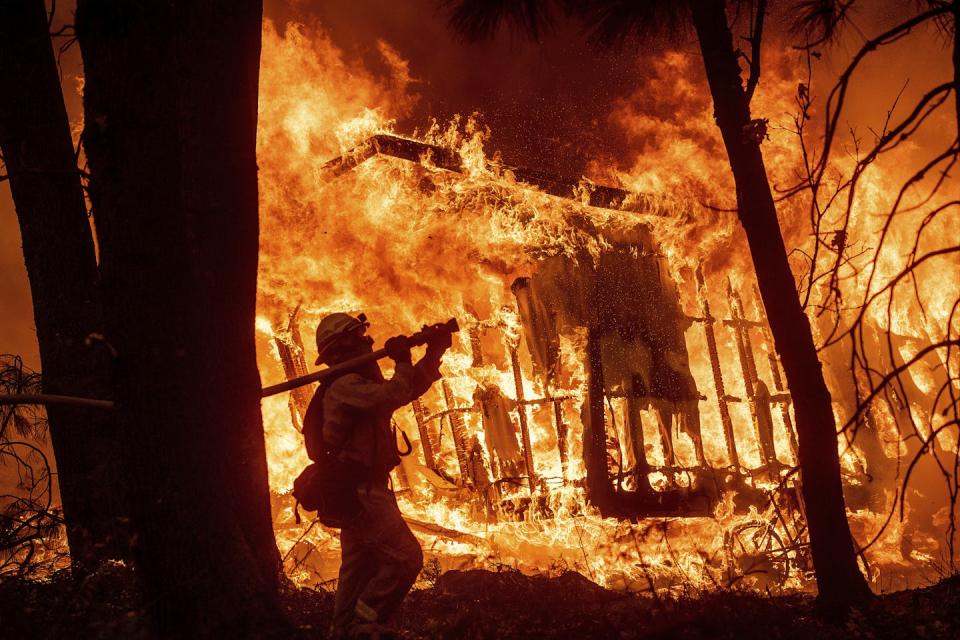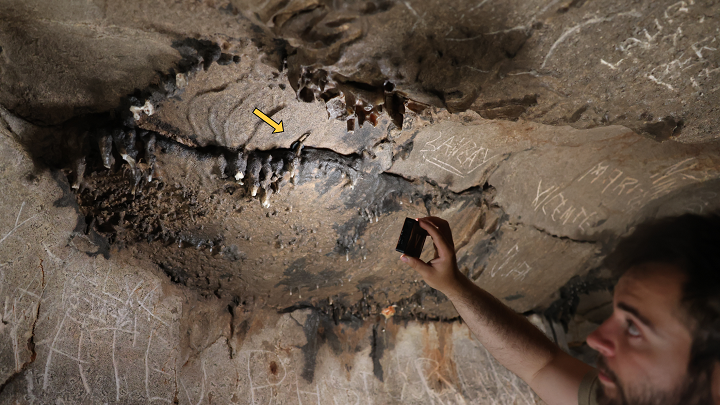Harwinder Singh had time to reflect during a 40-hour journey earlier this week on a US military transport plane from Texas to the city of Amritsar in India’s Punjab state.
The flight was the last chapter of an ordeal that began in June 2024 after Singh paid an agent over 4 million rupees ($46,000) for passage to the US. The agent had assured the 41-year-old from Punjab that he would reach the US legally in two weeks.
“But instead, I traveled through Qatar, Brazil, Peru, Colombia, Panama, Nicaragua and Mexico, sometimes under precarious conditions, hoping to reach the US, the land of opportunity,” Singh told DW.
Singh’s agent had facilitated his travel through the so-called “donkey route.”
The term is used in India to describe illegal and risky immigration routes used by people attempting to enter the US or other Western countries without proper documentation, typically involving multiple stops in different countries.
Singh said he and other migrants lived on a subsistence diet while often walking through difficult terrain and in rough weather conditions.
In one instance, he and a group of migrants were put in a small boat into the sea towards Mexico, and during the journey one person fell off the boat without a life jacket and could not be saved.
“I saw another die in the Panama jungle,” said Singh.
‘I risked everything’
Singh was caught in Mexico just before crossing into the US in late January and was handed over to the US Border Patrol and held in a detention center.
He was eventually put in handcuffs and shackles on a military aircraft and sent back to India along with over 100 deportees from Punjab, Gujarat, Haryana, Uttar Pradesh, and Maharashtra states.
The others on the deportation flight included 19 women and 13 minors, among them a four-year-old boy and two girls, aged five and seven.
“I feel devastated after risking everything, money, safety, and even my dignity, in the hope of securing a better future for my family abroad,” said Singh, a father of two children.
How many undocumented Indians in the US?
The Washington-based Pew Research Center, citing the latest data from 2022, estimates that approximately 725,000 unauthorized immigrants from India reside in the US, which would make them the third-largest group after Mexico and El Salvador.
However, data from the Migration Policy Institute (MPI), estimates that in 2022 there were 375,000 unauthorized immigrants from India in the US, making them the 5th largest group.
Nevertheless, India and the US have been negotiating deportations for a long time. Last year, the US identified nearly 18,000 undocumented Indian migrants to be sent back home, according to an exclusive Bloomberg report.
The deportation of Indian nationals has brought attention to the challenges that many face after returning. Many have spent all of their savings attempting to reach the US.
“It is going to be difficult and I cannot think ahead. The saving grace is my husband is back, but the debts are crushing,” Kuljinder Kaur, Harwinder Singh’s wife, told DW.
“For now, we want to be left alone…let us heal collectively,” she said.
‘All is lost’
Akashdeep Singh, who was also on the deportation flight, told DW he risked both his finances and his family’s emotional well-being for a chance to live in the US.
The 23-year-old from a village near Amritsar sold huge tracts of land and took loans amounting to 6 million rupees (€66,000) to fund his trip.
About eight months prior to his deportation, Akashdeep went to Dubai with the hope of working as a truck driver. However, the job fell through and he then decided to go to the US through an agent, who left him in the lurch.
“I was arrested in January. It was horrible and I do not want to get into the details, but the shame is what I must carry and cannot forget,” Akashdeep said, refusing to provide more details.
“Don’t ask me about what motivated me to make such a risky decision,” he added.
Trump’s immigration crackdown
The deportations earlier from the US to India earlier this week were part of a wider crackdown on irregular migration under US President Donald Trump, who has made deportations a political priority.
However, the use of US military planes for the first time instead of regular commercial flights for deporting the 104 Indian nationals has carried a strong symbolic and political message.
The flight also comes ahead of Indian Prime Minister Narendra Modi’s much-anticipated visit to Washington next week.
This move has sparked criticism from opposition parties in India, who are questioning both the timing and the treatment of the deportees by US authorities.
In a statement in both houses of Parliament, Indian External Affairs Minister S Jaishankar underlined that the “use of restraints” during deportation flights was carried out according to US standard operating procedures, and New Delhi was engaging with Washington to ensure that deportees were not mistreated.
“The standard operating procedure for deportation by aircraft used by ICE (US Immigration and Customs Enforcement) that is effective from 2012 … provides for the use of restraints,” Jaishankar said, responding to the opposition’s concerns on the use of handcuffs and shackles.
Akashdeep Singh’s father, Swaran Singh, 55, told DW while waiting for his son at Amritsar airport that despite facing a massive financial burden, having his son return home safely is all that matters.
“The agent promised me it would be a safe trip. I trusted him but now all is lost. At least, I have my son back and that is important. We have an uncertain and worrisome future as there are huge debts to clear,” he said.
“The harsh reality like many families in Punjab and elsewhere in country is that we face financial ruin and social stigma especially when our family members return in this fashion.”
Edited by: Wesley Rahn
#Indians #deported #share #story











Leave a Reply